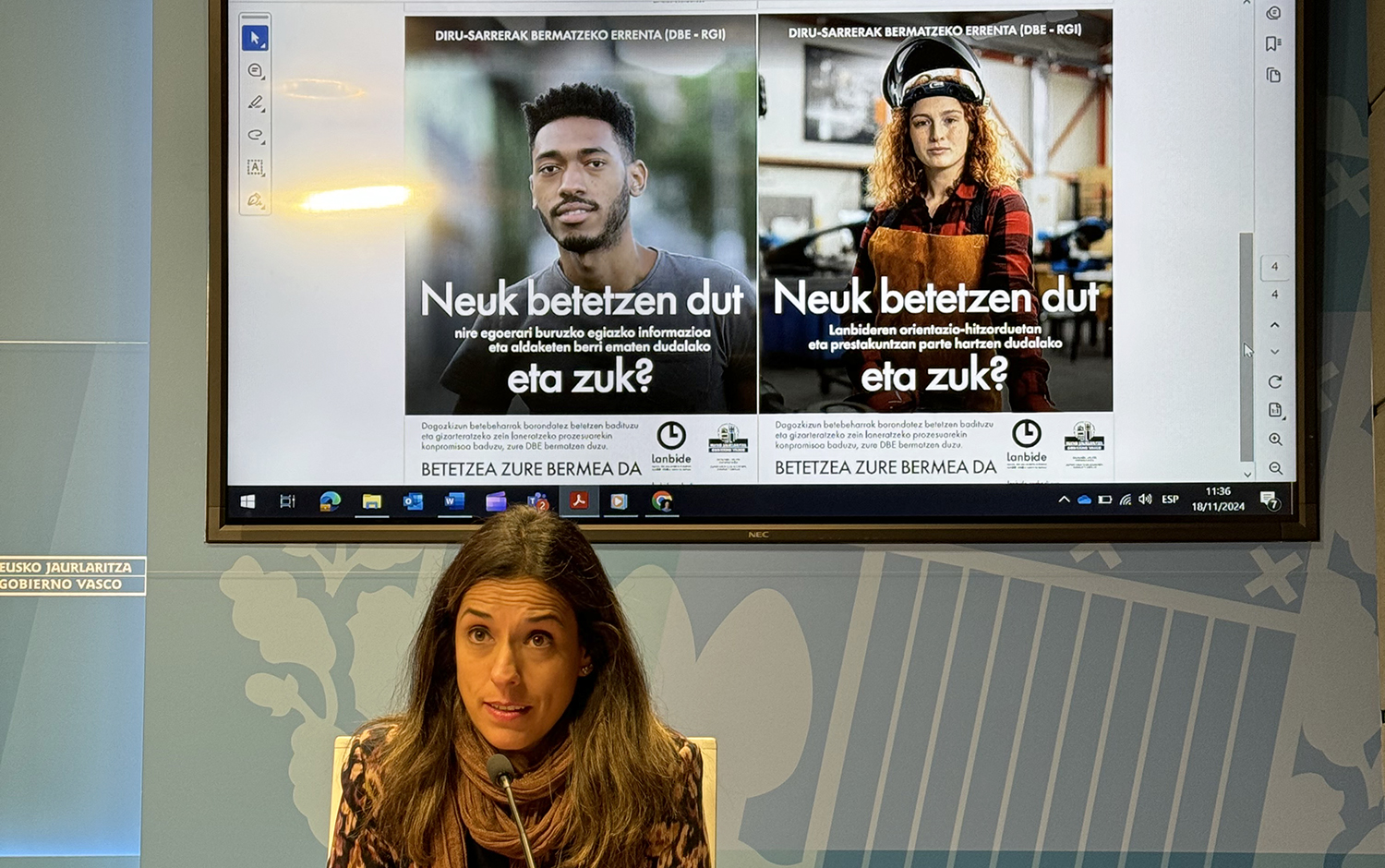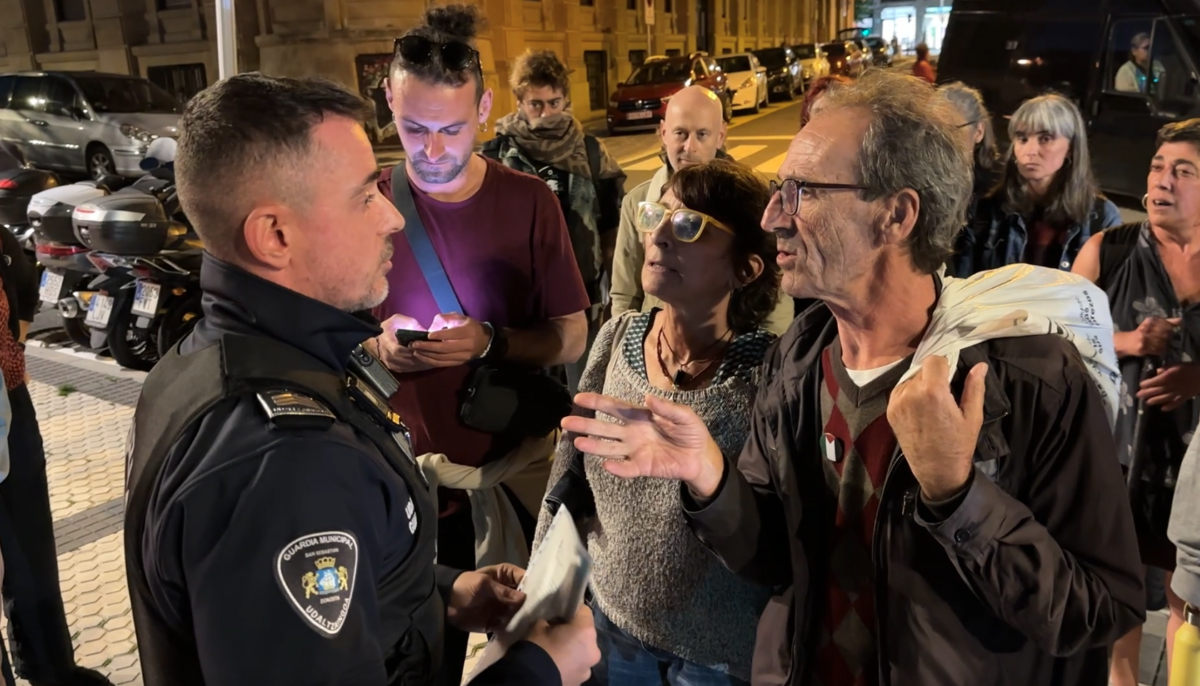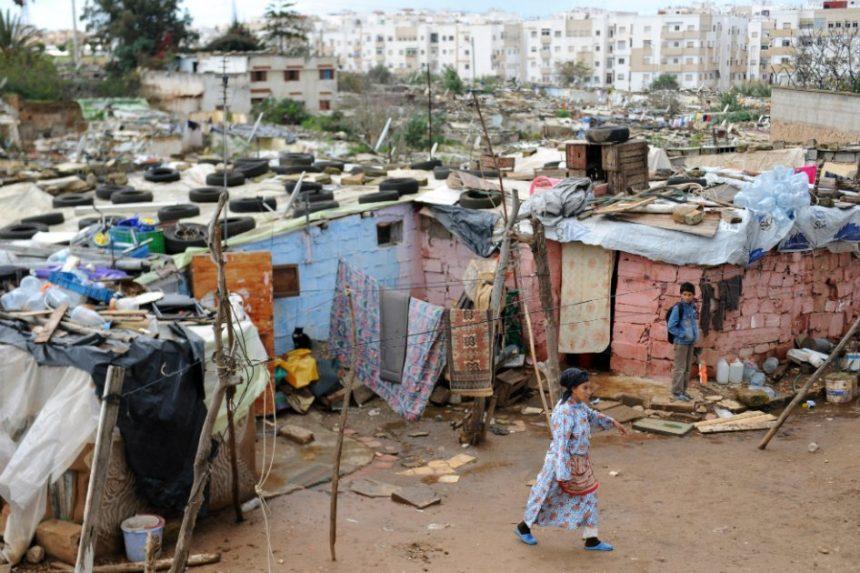One of the millions of people living with a single dollar
- Rithy Panh, a well-known documentary film producer, wants to bring together in short films sent from all over the world the lives of several million people who live earning a dollar a day. It calls on young filmmakers and students to carry out their works and collect them in the One Dollar project to share them on the network on open platforms.
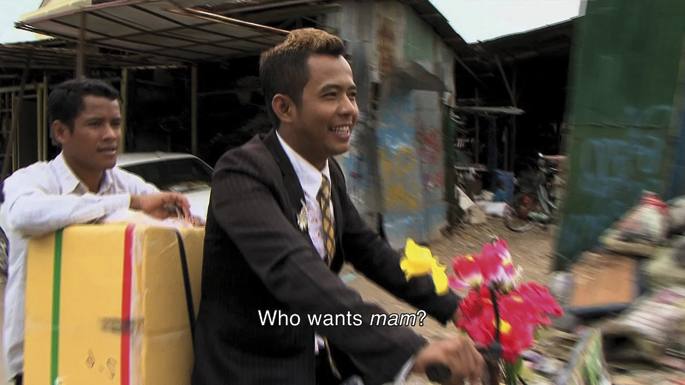
On the streets of Phnom Penh, a young man dressed in a suit and a krabat walks from one side to the other of a small motorcycle adorned with flowers. Moa Bora calls himself the minister of Papaya. This is one of the millions of people who are scaring in the world for winning the only daily dollar that young filmmaker Roeun Narith will present to us in the One Dollar project in the documentary Ministre of papaya.
Moari visits the chabola of the capital of Cambodia from his hometown to his nephew Seng. He comes to Phnom Penh to look for work. His uncle offers him to be in his four-square-meter room, “without problems, we are both poor.”
In the next scene, Moa prepares for sale. A white embroidered shirt, neck strap, hair dyed and hardened by the lacquer, on the makeup face... “Some say I’m crazy, silly, silly... They laugh at me, but they won't give me a penny anymore, not a grain of rice. But if I don’t try, who will feed my family?”
He proudly put on his jacket. "Here's the Minister of Papayos! ". He will confess that he has a very cautious suit. Motorcycle dyed with striking colors, decorated with images and flowers. With his nephew behind him, with a bag full of papayas between his legs, they go down the streets. “Here I am again.” “Who buys me the papaya?” The streets filled with impoverished shops and the beautiful doors parked by a large 4x4.
At the end of the day, Moa Bora is auditioning. On the one hand, supplies. 20 kilos of papaya make 7,000 rails (Cambodian currency). Two kilos of sauces 12,000 rails. A kilo of peppers, 4,000. A kilo of grilled rice, 3,500. A kilo of rhizomes, 2,000. In total, 43,000 rails.
On the other hand, entries. Today it has collected over 80,000 rails. Remove 43,000 for supplies. 5,000 for Seyha. Other 5,000 Toums. Water, toilet and rent 10,000. 2,000 for school fees. 5,000 for petrol. He has only 5,000 rails left.
“I live looking at day-to-day, like a chicken that barely finds something for the mouth. Even if he worked like this for 10 years, he could hardly accumulate enough to buy a single 4x4 wheel.”
Meanwhile, all the work in the poor hut. Go to the market and buy papais. Slice, prepare the broth, manipulate, put into covers... But the nephew who comes from the farmhouse is no better. Senge has brought with it copies of the study diplomas, perfectly plasticized, in the hope of getting a job.
“I don’t have so many diplomas to teach my wife and child. I did not do more than three years in the first year. That is why I do not understand how you cannot find a job. Perhaps they are looking for ignorant people to obey without asking questions...”
On the contrary, Mo dreams of a day when he sells roasted and papaya frogs on a window bike, 5-6 guys employed and put up for sale in suits of the time when Cambodia was a colony of France, touched with shameful hats. “But I know it’s a dream. I'm poor."
Spread the word of the poor on the net
The Minister of Papaia intends to be the precursor of a wide selection of short films that will see the light in January 2014 with the generic name One Dollar and media support from all over the world. The festival was organized by Canadian filmmaker Rithy Panh and has been supported by One Dollar.
Rithy Panh explained to French Courrier International that he was involved in the dissemination of the project: “I would like to know what it is to earn a dollar compared to what that dollar means in Africa, or in France, China, the United States... After all, we have to show how life is organized around the value of a dollar.”
The call to participate in the One Dollar project has been made public this March, both to novice filmmakers and veterans, but also to non-governmental organizations and citizens interested in the subject. It is proposed that the lives of people living on a dollar a day be counted in seven minutes. From Cambodia, the audiovisual institute Bophana will coordinate the integration of these short films in the interactive platform that will represent the map of the world.
With these documents, the organization aims to elicit reflections and debates among researchers, economists, artists and citizens in general from all over the world. Rithy Panh wrote in the presentation: “We would like to reconnect the virtual world and the real world with this bridge. Because men and women are not figures or statistics written in the reports of international organizations: they are voices, looks and bodies that bring us down to reality.”
Panh’s intentions go beyond the short films that will be made throughout the year. The platform, which will be built into a network, aims to become a new matrix so that many others in the world can make videos with their smartphones and tablets, without paying any copyright.
Rithy Panh, founded in 1964, is the creator of 14 films. The greatest recognition has been given by documentary S21, the mort Khmère rouge machine, a director who, in addition to his parents, lost many relatives in the Khemers’ prisons. Panh's film has been marked by the gigantic massacre that caused between 740,000 and 2,200,000 deaths in Cambodia, a country that does not reach the eight million inhabitants.
However, the One Dollar project was conceived by other pressures and reactions: Battles of Lake Boeung Kak. This lake located in the city of Phnom Penh has been donated for a hundred years to the Shukaku Inc. corporation, the City Hall has wanted to expel the 4,000 families who lived there. Tablets have also been used as a documentation tool in citizen struggles to defend the property of their lands.
One Dollar production manager Damien Sueur says: “We now want to create a tool to help dominate the entire production chain, from tread to netting, including assembly. It will be a useful tool for creators, militants, new journalists.”
Statistics indicate that a quarter of Cambodia ' s population still lives on a dollar. The World Bank estimates that there are about 1.4 billion people on the planet in this way, with less than $2,700. With a little luck, we will be taught from 2014 how many of them are managed, shot and spread by the people there.
Gasteizko Errotako (Koroatze) auzoan izan diren manifestazio "anonimoek" kolokan jarri dute auzokoen arteko elkarbizitza. Azalera atera dituzte ere hauetan parte hartu duten partidu politiko batzuen eta beste kide batzuen izaera faxista eta arrazista.
In this frenetic and vertiginous world in which we live, the social changes that take place little by little seem to us to be sometimes imperceptible, irrelevant or insignificant. That is not the case, however, and we have to be aware of it in order to act wisely. An example of... [+]







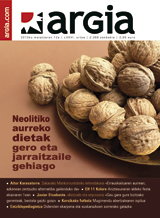

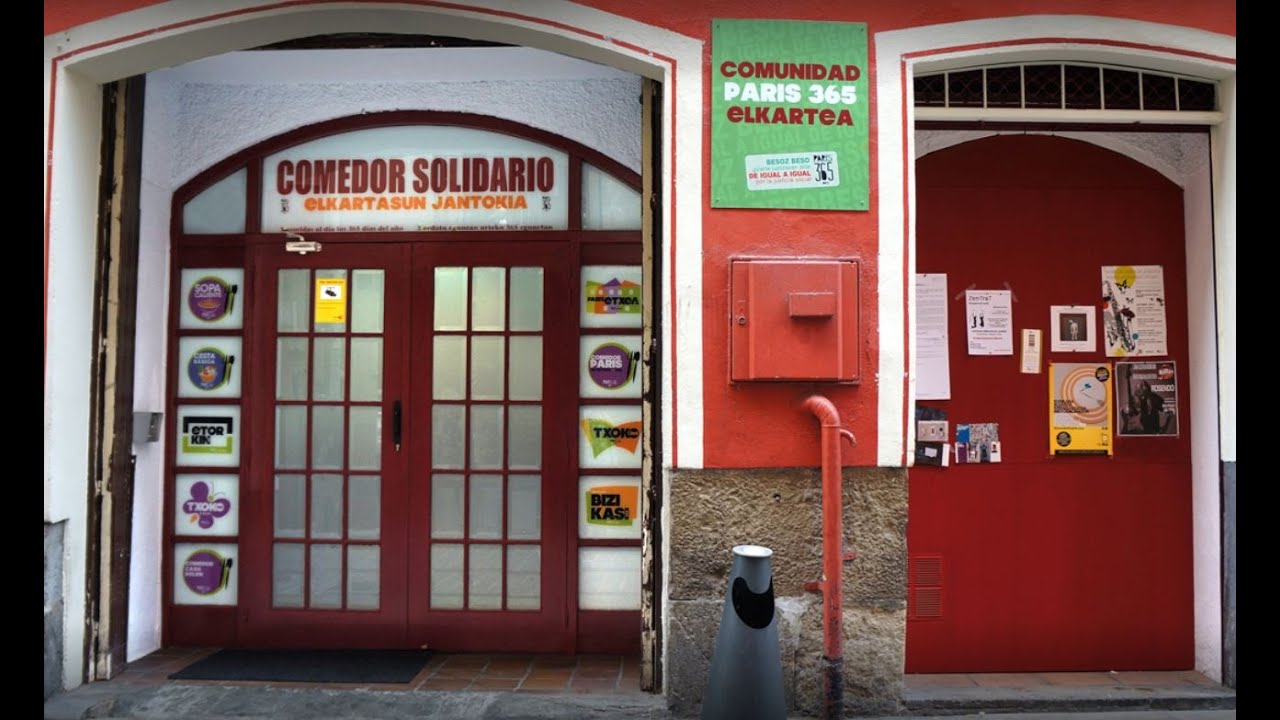



.jpeg)
